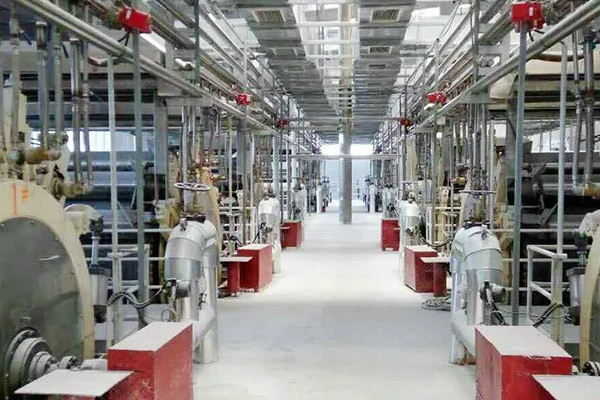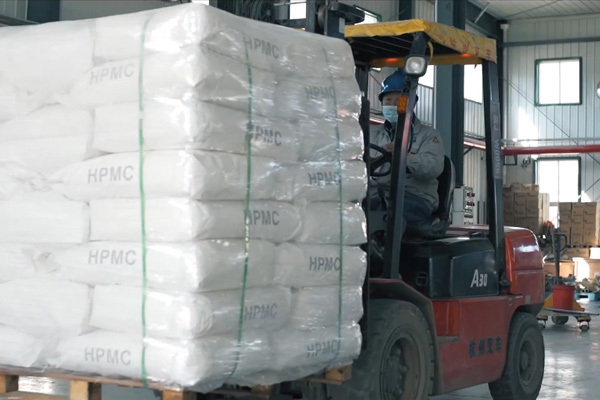language
English
العربية
বাংলাদেশ
Български
Hrvatski
Česky
Dansk
Nederland
 Esperanto
Esperanto
Slovenski
Filipino
Suomi
Français
Maori
 Shqiptare
Shqiptare
Georgian
 Euskara
Euskara
Deutsch
Ελλάδα
ישראל
इंडिया
Magyarország
Ísland
Indonesia
Irlanda
Italia
日本語
Sovensko
Հայաստան
한국
Kyrgyz
ປະເທດລາວ
 Zulu
Zulu
Latvian
Lithuanian
Luxembourgish
 Latinus
Latinus
Macedonian
Малайская
Maltese
Монгол улс
 Cymraeg
Cymraeg
ဗမာ
 தமிழ்
தமிழ்
नेपाल
Norge
ایران
Polska
Portugal
România
Российская
Србија
 Slovak
Slovak
Србија
 Slovak
Slovak
Bosanski
Slovenian
Беларус
España
Sverige
Точик
ประเทศไทย
Türk
Azərbaycan
Uzbek
 Afrikaans
Afrikaans
Việt Nam
Understanding Stud Bolt DIN 938: Essential Insights for Industrial Professionals
2025-07-30
Stud bolts, particularly those conforming to the DIN 938 standard, play a pivotal role in the industrial equipment and fastening sector. These components are designed for use in high-strength applications, making them indispensable in numerous industries, including construction, automotive, and manufacturing.
A stud bolt differs from standard bolts primarily in its design. It is a long, cylindrica
Stud bolts, particularly those conforming to the DIN 938 standard, play a pivotal role in the industrial equipment and fastening sector. These components are designed for use in high-strength applications, making them indispensable in numerous industries, including construction, automotive, and manufacturing.
A stud bolt differs from standard bolts primarily in its design. It is a long, cylindrical piece of metal with threads at both ends, allowing for secure attachment with nuts or other fastening components. The DIN 938 standard specifies dimensions, tolerances, and material requirements, ensuring consistency and reliability across various applications. This standardization is crucial for professionals who require assurance in the performance and safety of their fastening solutions.
When considering Stud Bolt DIN 938, it's vital to be aware of its applications. These bolts are commonly used in situations where high tensile strength is necessary, such as in pressure vessels, flanges, and structural connections. Their ability to withstand extreme forces makes them ideal for heavy machinery and equipment in demanding environments. Additionally, their threaded design allows for easy installation and removal, which is a significant advantage in maintenance and repair scenarios.
Material selection is another critical aspect of stud bolts. Typically produced from high-strength steel, these components can be treated or coated to enhance their resistance to corrosion and wear. This feature is particularly relevant in industries where exposure to harsh environments is common, such as oil and gas or marine applications. Understanding the material properties and selecting the appropriate stud bolt for a specific application can drastically influence the longevity and performance of the assembly.
Moreover, professionals in the industrial sector must pay close attention to the specifications outlined in the DIN 938 standard, including dimensions, thread pitch, and load ratings. Adhering to these specifications ensures that the stud bolts will perform as expected under specified conditions, reducing the risk of failure and enhancing overall operational efficiency.
In summary, Stud Bolt DIN 938 is an essential component in the realm of industrial fasteners. Its unique design and robust specifications make it suitable for high-strength applications, where reliability and safety are paramount. By understanding the features and applications of these critical components, professionals can make informed decisions that enhance their projects' success and longevity. Whether you are involved in equipment design, maintenance, or quality assurance, knowledge of Stud Bolt DIN 938 will empower you to optimize your use of fastening technologies in your industry.
A stud bolt differs from standard bolts primarily in its design. It is a long, cylindrical piece of metal with threads at both ends, allowing for secure attachment with nuts or other fastening components. The DIN 938 standard specifies dimensions, tolerances, and material requirements, ensuring consistency and reliability across various applications. This standardization is crucial for professionals who require assurance in the performance and safety of their fastening solutions.
When considering Stud Bolt DIN 938, it's vital to be aware of its applications. These bolts are commonly used in situations where high tensile strength is necessary, such as in pressure vessels, flanges, and structural connections. Their ability to withstand extreme forces makes them ideal for heavy machinery and equipment in demanding environments. Additionally, their threaded design allows for easy installation and removal, which is a significant advantage in maintenance and repair scenarios.
Material selection is another critical aspect of stud bolts. Typically produced from high-strength steel, these components can be treated or coated to enhance their resistance to corrosion and wear. This feature is particularly relevant in industries where exposure to harsh environments is common, such as oil and gas or marine applications. Understanding the material properties and selecting the appropriate stud bolt for a specific application can drastically influence the longevity and performance of the assembly.
Moreover, professionals in the industrial sector must pay close attention to the specifications outlined in the DIN 938 standard, including dimensions, thread pitch, and load ratings. Adhering to these specifications ensures that the stud bolts will perform as expected under specified conditions, reducing the risk of failure and enhancing overall operational efficiency.
In summary, Stud Bolt DIN 938 is an essential component in the realm of industrial fasteners. Its unique design and robust specifications make it suitable for high-strength applications, where reliability and safety are paramount. By understanding the features and applications of these critical components, professionals can make informed decisions that enhance their projects' success and longevity. Whether you are involved in equipment design, maintenance, or quality assurance, knowledge of Stud Bolt DIN 938 will empower you to optimize your use of fastening technologies in your industry.
Stud Bolt DIN938
RELEVANT INFORMATION
Understanding Stud Bolt DIN 938: Essential Insights for Industrial Professionals
Stud bolts, particularly those conforming to the DIN 938 standard, play a pivotal role in the industrial equipment and fastening sector. These components are designed for use in high-strength applications, making them indispensable in numerous industries, including construction, automotive, and manufacturing.
A stud bolt differs from standard bolts primarily in its design. It is a long, cylindrica
2025-07-30
Understanding the Benefits of Using Threaded Rod DIN975 in Industrial Applications
Understanding the Benefits of Using Threaded Rod DIN975 in Industrial Applications
Table of Contents
1. Introduction to Threaded Rod DIN975
2. What is Threaded Rod DIN975?
3. Key Benefits of Using Threaded Rod DIN975
4. Applications of Threaded Rod DIN975 in Industrial Settings
5. Common Materials Used for DIN975 Threaded Rods
6. Installation Guidelines for Threaded Rod DIN975
7. Ma
2025-07-27
The Essential Guide to Welding Nuts DIN928: Understanding Their Role in Industrial Fastening
Welding nuts, specifically those conforming to the DIN928 standard, play a vital role in the realm of industrial fastening. These nuts are designed for applications where a secure connection is essential, particularly in the context of welding. Unlike traditional nuts, welding nuts are uniquely constructed to be welded directly onto a surface, offering advantages such as enhanced stability and red
2025-07-24









